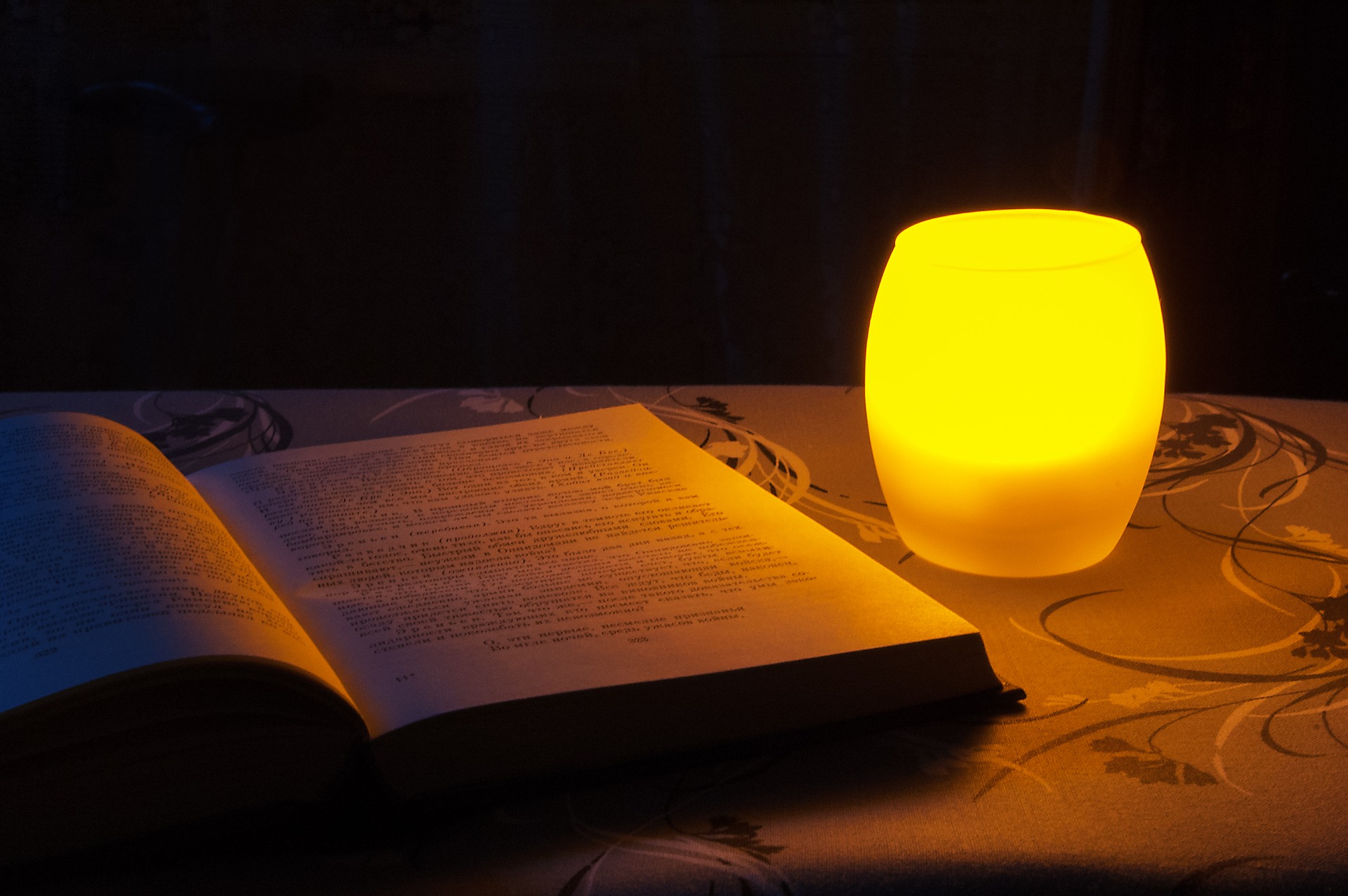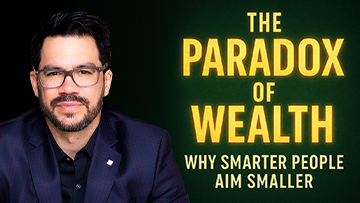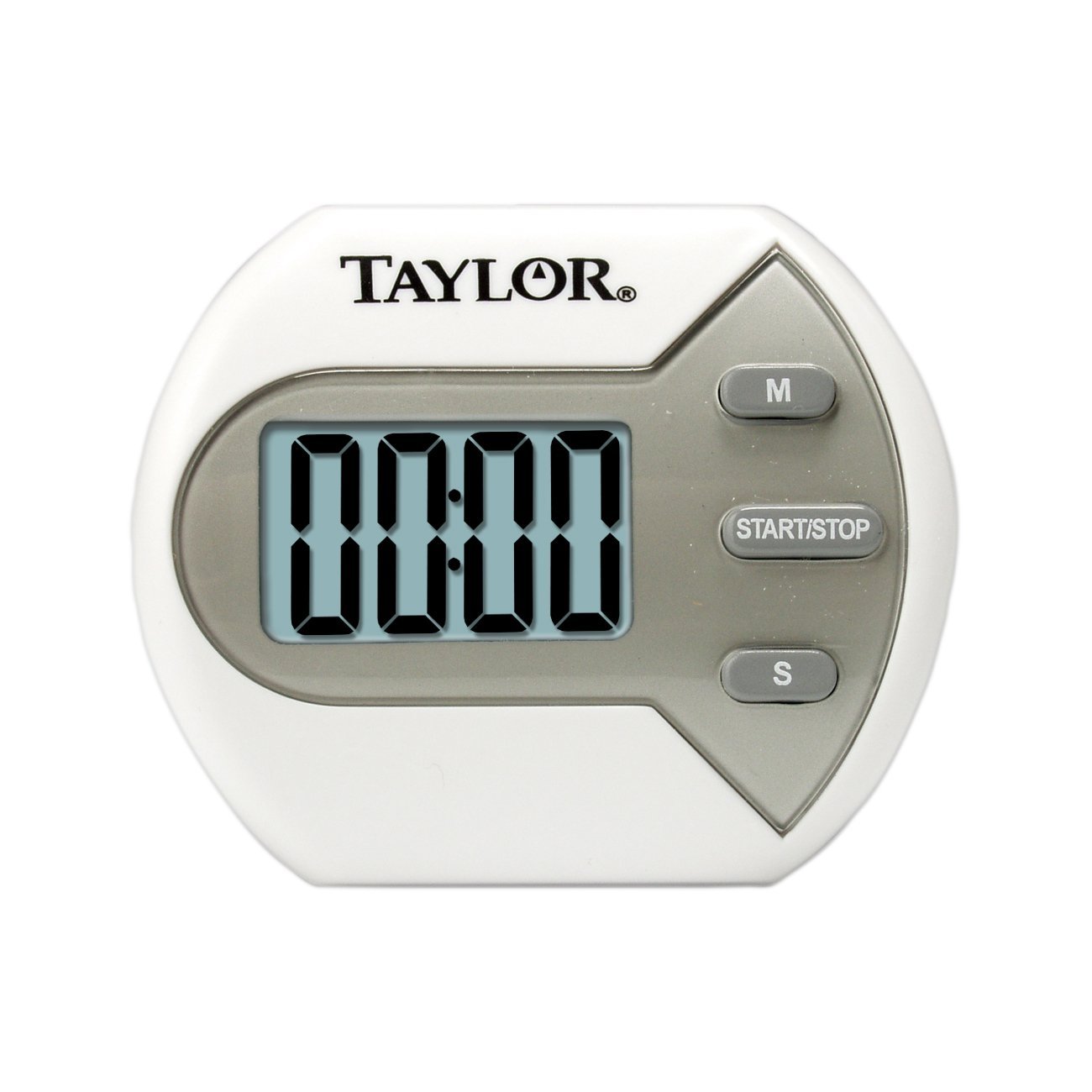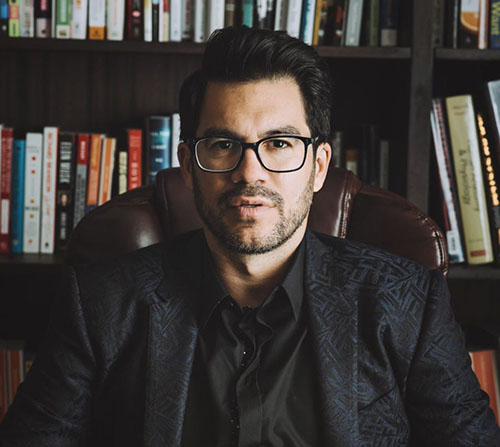How To Optimize Your Reading Efficiency

Tai Lopez
Jun 13, 2017
When it comes to reading, you want to be able to get as much as you can out of every session. But how do you schedule it for the maximum amount of efficiency? Here’s how I do it, step-by-step:Planning Out Your Reading Schedule
First, get a timer. I’d recommend starting out with 15 minutes, 3 times a day. But that may be too much for you. I’d rather you spend less time and get more out of it. So what you’ll need to do is figure out, realistically, how much time you can wholly devote to reading. This is just like scheduling time for other activities in your life, like working out at the gym.
Even if it’s just 15 minutes a day -- that’s okay. Find a number you can realistically commit to and stick to it. Mine is 45 minutes broken up into three 15 minute intervals. Whatever number you choose, divide it by three for morning, noon and night.
So let’s say that with your busy schedule, you can only devote 6 uninterrupted minutes a day to reading -- that’s 2 minutes at breakfast, 2 minutes at lunch, and 2 minutes at dinner. I like to schedule my reading time close to meals, but you don’t have to if you don’t want to. Now, here’s what to do next:
The Soap of the Brain
The morning reading time is what I like to call the “soap of the brain” -- you’re cleansing your mind from ads and other crud and preparing for the day ahead. We see 2,000+ ads per day. It’s just too much. We need to scrub our minds from all of this consumerism, and you do that by reading a classic -- a great work by a timeless author, orator or philosopher. Someone whose advice has stood the test of time.
So now, while you’re having breakfast, you set your timer for the amount of minutes you’ve allotted for the morning. You can use an app or anything that you feel will help you stick to this new routine.
Scan with Intention
Whatever book you choose, it’s important to “scan with intention”. Let’s say you’ve been feeling kind of depressed this morning, so you need a good, classical dose of happiness. So you scan your chosen classic book with the intention of finding some little nugget of happiness in those few minutes you have devoted to reading.
Lunchtime - Eat, Read, Nap
A “power nap” is one of those little gems that all the great thinkers and athletes incorporate into their daily routines - and I believe you should too. Most of us find that our batteries tend to wind down after eating a good lunch anyway, making this the perfect time to eat, read and nap.
So now that your mind is in the full of the day, it’s the best time to read your How-To book. I recommend Winning by Jack Welch if you need one to help start you off. If you’re going to take a nap after reading, add, say, 20 minutes to your timer in addition to the time you’ve allotted for your afternoon reading. Any more than that, and you may feel groggy when you wake up.
Evening - The Best Way to Fall Asleep
Reading is one of the best ways to fall asleep. Our brains are made for chewing stuff over while we sleep. We’re not made to try and sleep in complete silence. But if we have something to mull on, we’ll fall asleep faster. This is a great time to be reading a biography. Not only is this a great time to be learning from others, but it gives your mind something to work on as you sleep. We also tend to read biographies slower than other types of books because there’s obviously a lot to mentally digest in them.

So, to sum things up, you’re going to have three books open at any given time. And you don’t have to rush through them -- you can take the entire week to read them if you want to. But it’s important that you do so with intention -- an end goal in mind. It doesn’t even have to be a new book. You can go back and read some of the books you’ve already read, and glean new insights out of them. You’ll be surprised at what you can learn when you do this.
Keep in mind, that it can take up to 67 days for a new habit to become entrenched in your routine, so I’d like you to follow these steps for the next couple of months. Feel free to tweak my method to suit your own goals and schedule. Make it work for you. If you’re not already part of the 67 Steps program, I definitely recommend checking that out, as you’ll find that as you set new, better habits in your life, all kinds of good stuff starts happening.
And remember not to take on too much when you’re just starting. It’s like working out. You don’t want to bench press a huge amount if you haven’t exercised in awhile -- otherwise, you’ll pull a muscle, be in pain, and swear you’ll never touch a weight again. You want to set a schedule that’s manageable for you and helps you be consistent.
In doing this, you’ll actively be changing the wiring in your brain as it adapts to this new routine. Try it out, and be sure to let me know how it goes for you!
Best of Tailopez
-
 Why Men's Testosterone Is Half Their Grandfather's with Ben Greenfield
Why Men's Testosterone Is Half Their Grandfather's with Ben Greenfield -
 The Paradox of Wealth: Why Smarter People Aim Smaller
The Paradox of Wealth: Why Smarter People Aim Smaller -
 Mamma Mia in West Adams: Tai Lopez Finds LA's Pasta Holy Grail at Cento Pasta Bar
Mamma Mia in West Adams: Tai Lopez Finds LA's Pasta Holy Grail at Cento Pasta Bar -
 Sales Training, Scaling, and Breaking Objections: Tai Lopez with Johnny Mau
Sales Training, Scaling, and Breaking Objections: Tai Lopez with Johnny Mau -
 Ojai's Best Brunch Spots: Where Tai Lopez Ate Instead of the Ojai Valley Inn
Ojai's Best Brunch Spots: Where Tai Lopez Ate Instead of the Ojai Valley Inn


